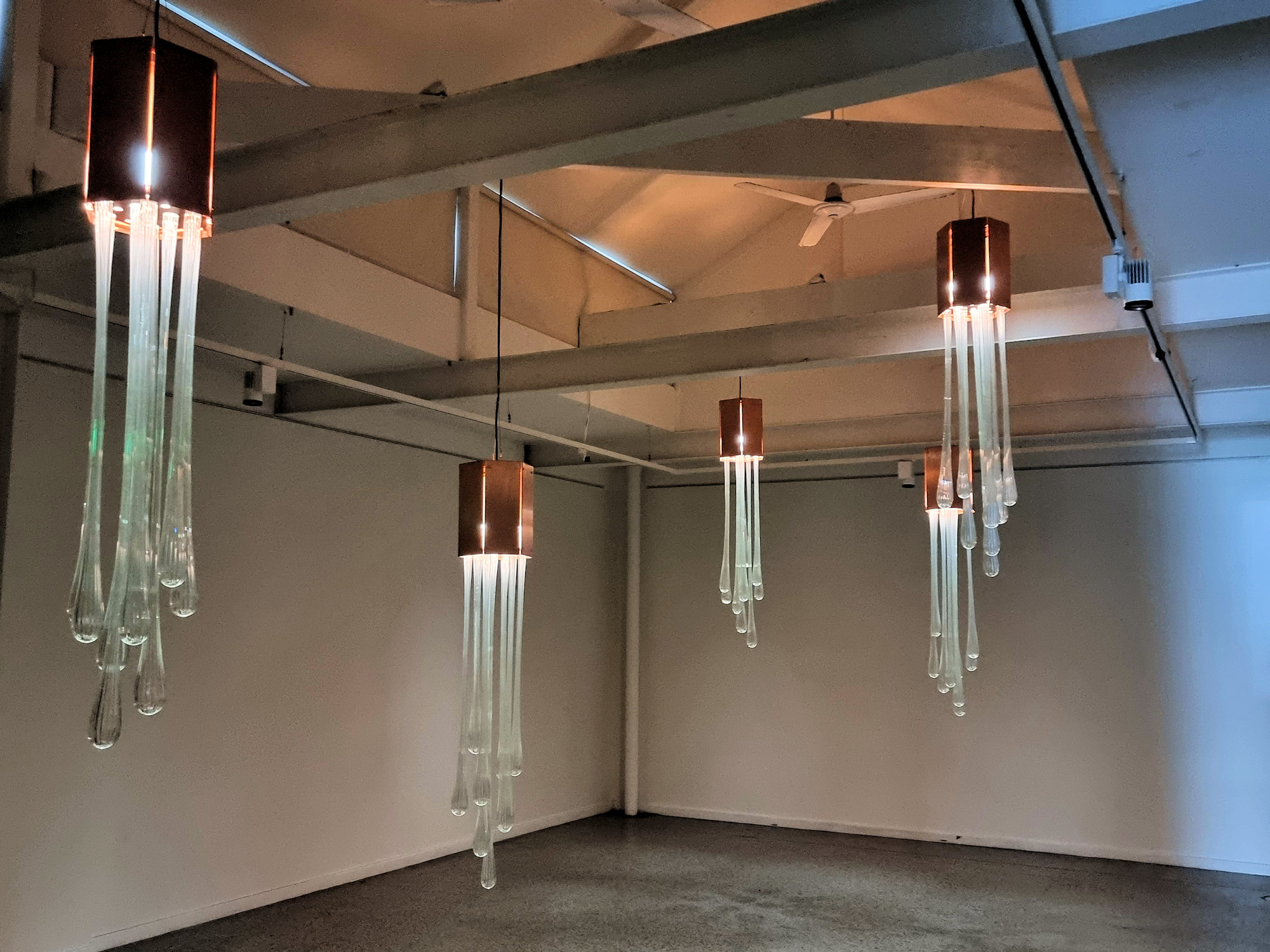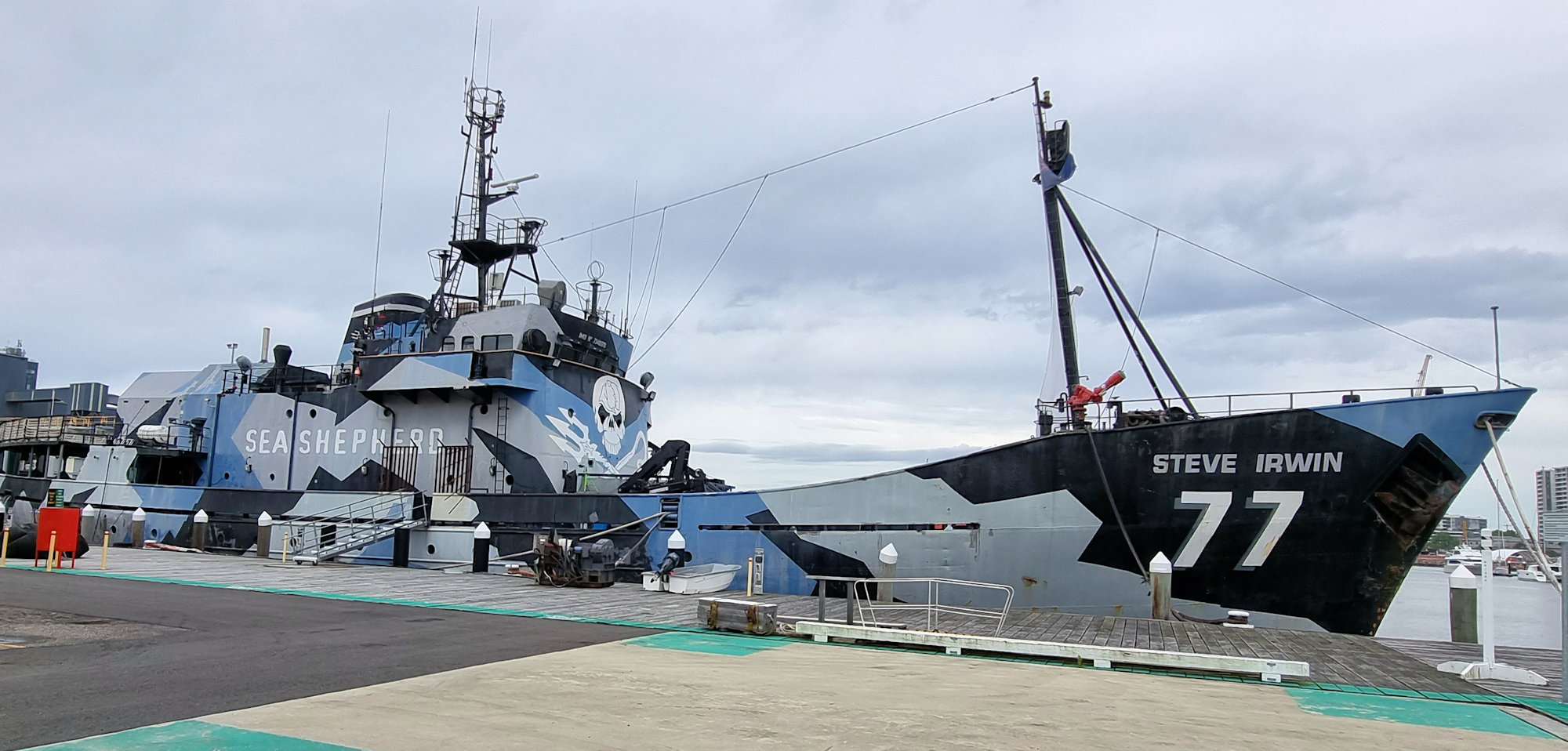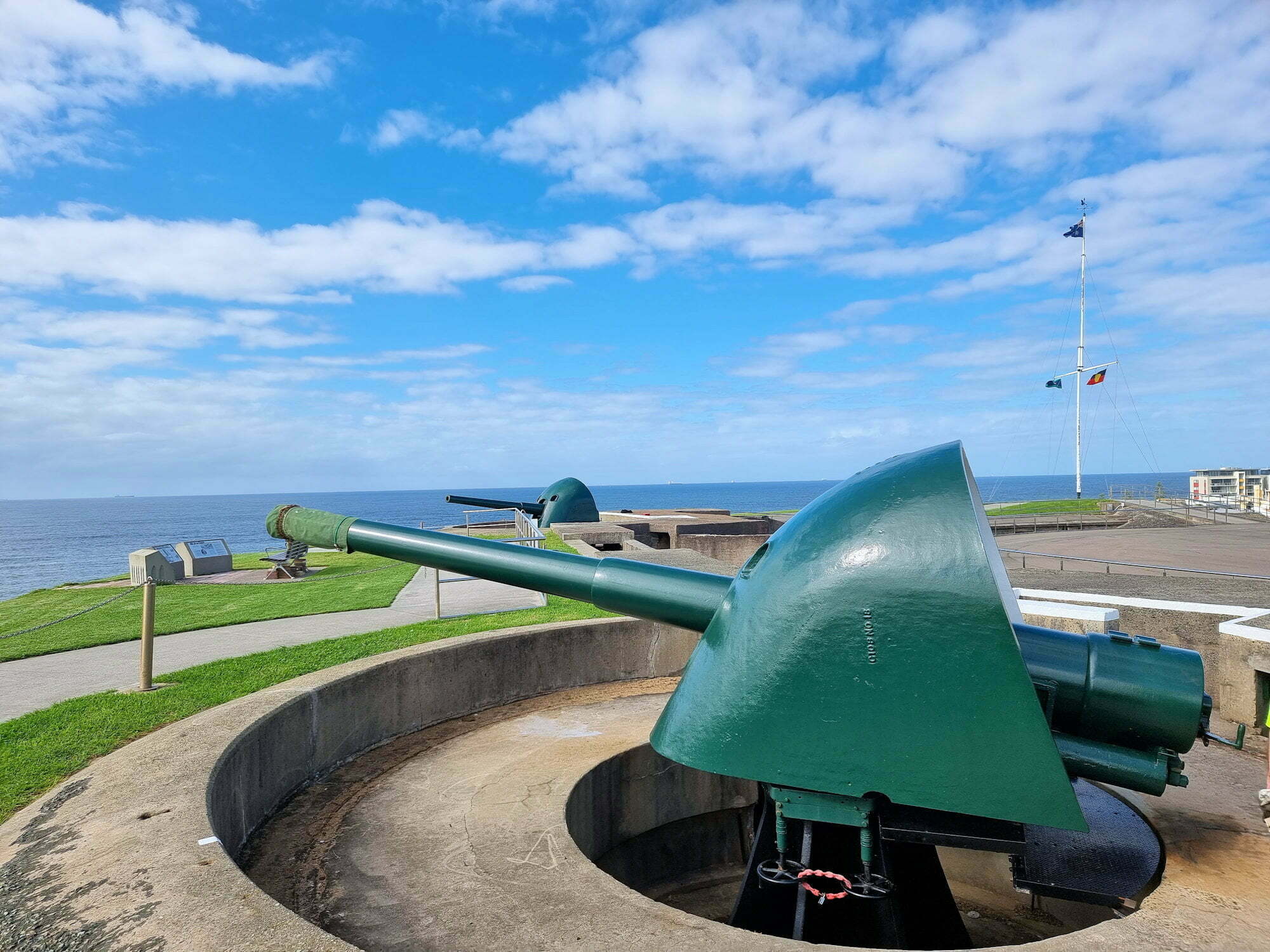Tag: Hunter Valley
-
The Newcastle Lock-Up 2023

The Newcastle Lock-Up 2023 On display at the Newcastle Lock-Up until 5 February 2023, “Everything was beautiful and nothing hurt” by Alex Seton was specifically made for the cells of the Lock-Up. The title of the show refers to Kurt Vonnegut’s anti-war novel “Slaughterhouse-Five” about the fire bombing of Dresden that dislocates linear time. These… Read more
-
Sea Shepherd’s MV Steve Irwin

Sea Shepherd’s MV Steve Irwin Although now retired from from its confrontations with Japanese whaling fleets, the MV Steve Irwin still looks impressive with its camouflage and skull painted deck house. Docked at Thales Marine in Newcastle, New South Wales, the ship is now owned by the non-profit organisation Ship4Good. Tours are a great way… Read more
-
Fort Scratchley Newcastle

Fort Scratchley Newcastle No longer used by the military, Fort Scratchley is now a memorial to the servicemen and women who served there. During World War Two, the Japanese submarine I-21 attempted to shell Newcastle and the BHP Steel Works. Fortunately most of the shells missed or failed to explode with no-one hurt and only… Read more